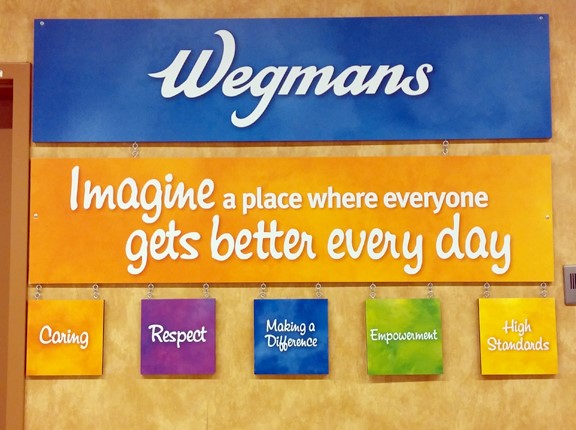Are Nonprofit Boards Perpetuating White Supremacy?
Are Nonprofit Boards Perpetuating White Supremacy?
Let’s start with a question: What are the main reasons nonprofits ask people to join their Board of Directors?
When I ask clients this question, I often hear answers that many nonprofits ask people to join their Boards for fundraising purposes — either that the person has the means to donate or is well-connected to those who do. I recognize that ‘not all Boards’ are guilty of this all the time. And, more pragmatically, some nonprofits have working Boards who volunteer and are heavily involved in programs.
Let’s move forward with the premise that many nonprofits look at Boards as a fundraising tool. How better to involve your highest level donors than by involving them in leading the organization, right?
The correlation between fundraising and a Board of Directors stems from nonprofits’ structure where the Board is the governing body — and with that governance comes fiduciary responsibility. A fiduciary duty means the person is accountable for the financial management of the organization. For nonprofits, one aspect of this means ensuring the organization spends money in the fulfillment of its mission.
We can talk more about other aspects of fiduciary responsibility later (in fact, we can probably have multiple discussions on ethics, checks and balances, conflicts of interest, and more). For right now, I want to hone in on how the premise that nonprofit Boards are fundraising tools perpetuates white supremacy.
(Yes, there are Black, Indigenous, and People Of Color (BIPOC) with financial means. There’s plenty. And they should and do have roles on nonprofit Boards. That’s not the point.)
What’s important is that: By looking at fundraising acumen as the main criteria for members of a Board of Directors, nonprofits encircle themselves with people who benefit from generational wealth and privilege (read: inheritance of property or money, traditions of higher education, etc…. read: White people.)
When nonprofit Boards are majority White, they reinforce views of White people in positions of power. Who decides the direction of the nonprofit? Who is in the room where it happens?
By treating a Board of Directors as a nonprofit wallet, nonprofits belittle the Board’s fiduciary responsibility and, in turn, do not benefit from the financial management structure intended. Where are the checks and balances when the decision-makers are the main financiers?
The nonprofit industry needs to re-visit why nonprofit Board of Directors exist. Boards that comprise members who hold the nonprofit accountable to their mission, provide financial management, and improve program delivery, will better represent the audiences they serve thus becoming more diverse — and be more successful in fulfilling their mission.
Solutions to start with:
1. Stop judging the financial health of a nonprofit by 100% Board giving. Foundations need to stop looking at that as a metric. Donations do not equal financial management.
2. A nonprofit board is not a collection of funders or a fundraising department. Quit treating it as such.
3. No more “Give or Get” policies. That is not the measure of a Board member’s accountability or success.
4. Invite on and develop Board Members who will uphold their fiduciary responsibility.
That’s a good place to start. What else should we do??
—-
If anything in here has you raising your eyebrows, here is some further reading:
https://www.nytimes.com/interactive/2019/08/14/magazine/racial-wealth-gap.html
https://boardsource.org/fundamental-topics-of-nonprofit-board-service/roles-responsibilities/
https://nmaahc.si.edu/learn/talking-about-race/topics/being-antiracist
—-
All opinions are my own and do not reflect or represent any of the organizations with which I work, have worked, or have been, am now, or will be affiliated. In an effort to get this done promptly, I favored publishing over perfection and as such welcome corrections, edits, additions, and constructive feedback.


